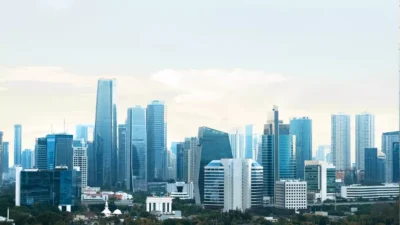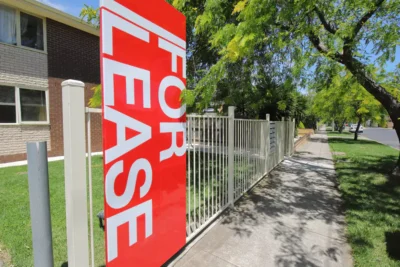News roundup: Brisbane Airport sees a rise in passenger numbers, plus more headlines

For PropertyGuru’s real estate news roundup, Brisbane Airport saw a significant recovery in passenger numbers in FY24, with 22.6 million passengers. In other headlines, outstanding loans to the real estate sector by Japanese financial institutions reached JPY129 trillion at the end of March 2024. Lastly, the government estimates Malaysia’s economy to expand at a faster clip in the second quarter.
Brisbane Airport welcomes 22.6 million passengers to Australia in FY24
New data released today shows Brisbane Airport saw a significant recovery in passenger numbers in FY24, with 22.6 million passengers or 95 percent of pre-COVID FY19 levels, with notable growth in international travel which rose 39 percent over the past year.
There was a total of 17 million domestic passengers, up 5.7 percent on the previous year, and reaching 97 percent of pre-pandemic levels. The International Terminal had 5.6 million passengers, representing 89 percent of 2019 levels.
“We know more Queenslanders have been ticking off their bucket lists, but importantly we’re also seeing more international tourists visiting the state and that’s good news for the state’s tourism regions from the Gold Coast to Tropical North Queensland and the Outback,” according to Ryan Both, Executive General Manager of Aviation at Brisbane Airport in The Hotel Conversation report. “We know when Brisbane Airport is busy, Queensland is busy.”
Commercial lending in Japan upticks 6 percent annually in Q1
Contrary to the conditions in Europe, the U.S., and many other Asian countries, the real estate financing environment in Japan remains favourable. Data from the Bank of Japan (BoJ) reported in The World Property Journal indicates that outstanding loans to the real estate sector by Japanese financial institutions, including domestic banks and Shinkin banks, reached JPY129 trillion at the end of March 2024.
This represents a 6 percent increase from the previous year. Of this amount, JPY13 trillion was allocated to special purpose companies (SPCs) for real estate securitization, marking an 18 percent year-over-year growth. Since 2019, lending to SPCs has been on the rise, with an average annual growth rate of 20 percent during the pandemic years from 2020 to 2022. Although the growth rate slowed slightly in the latter half of last year, potentially due to heightened expectations of a policy rate hike by the BoJ, the overall expansion rate remains robust.
Malaysia estimates the economy grew faster in Q2
Malaysia’s economy is expected to have expanded at a faster clip in the second quarter than the first, government advance estimates showed on Friday, 19th July, though some analysts expect momentum to ebb from higher inflation and weak domestic spending.
Gross domestic product for the April-June quarter was forecast to have expanded 5.8 percent from a year earlier, statistics department data showed, compared with annual growth of 4.2 percent in the first quarter, which came in stronger than expected.
Chief statistician Mohd Uzir Mahidin said in CNA that the estimated growth was driven by the services sector, which recorded expansion of 5.6 percent versus 4.7 percent in the previous quarter.
The growth would be further bolstered by better performances in the wholesale and retail trade, transportation and storage, and finance and insurance sub-sectors, Mohd Uzir added. “In the external sector, the total trade, exports and imports experienced an increase as compared to the same period last year,” he said in a statement.
The Property Report editors wrote this article. For more information, email: [email protected].
Recommended
Philippine real estate sees growth in regional markets despite challenges in Metro Manila
Amid pressures, developers and investors are capitalising on a range of opportunities to drive growth in the nation's real estate sector
Bali leads the charge in Indonesia’s rental boom while other regions struggle to keep pace
The rental market is soaring in Bali due to its rich cultural heritage and island charm, while other regions of Indonesia are experiencing less success
Rental markets surge in Asia as digital nomads find new opportunities with visa reforms
As countries in Asia roll out customised visa programmes, rental markets are thriving with the influx of remote workers
China’s hospitality market thrives as developers sell off assets to spark recovery
China’s indebted developers are divesting hospitality assets to generate growth and enhance the outlook of the country’s real estate market







